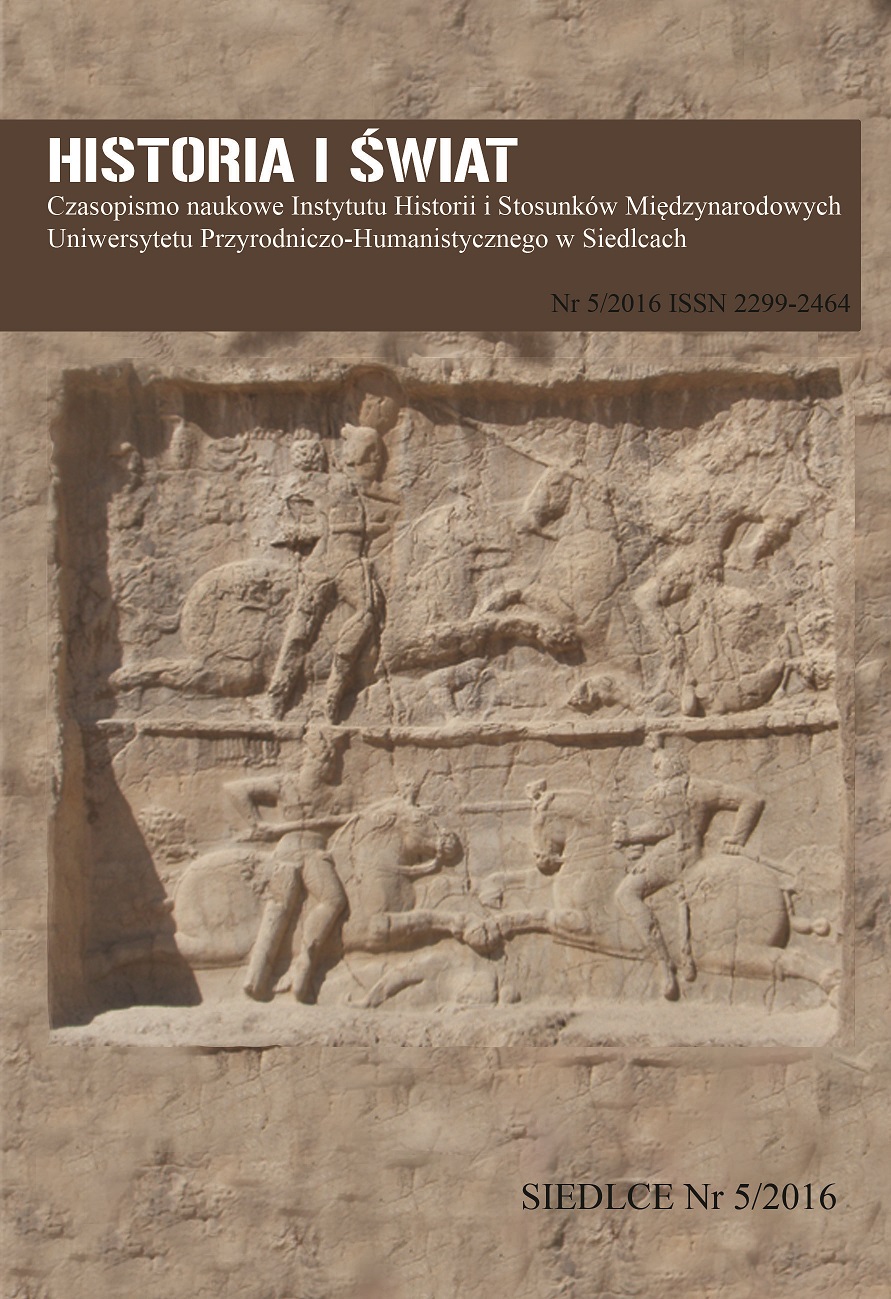Советские практики сохранения и использования религиозного наследия в 20-30-е годы ХХ века (на материалах Байкальского региона) = Sovetskiye praktiki sokhraneniya i ispol'zovaniya religioznogo naslediya v 20-30-ye gody XX veka (na materialakh Baykal'skogo regiona)
DOI:
https://doi.org/10.34739/his.2016.05.12Keywords:
Zabaikalskyi district, Irkutsk, the Republic of Buryatia, Church, the anti-religious policyAbstract
In the article based on the materials of federal (SARF) and regional (Zabaikalskyi district, Irkutsk region, the Republic of Buryatia) archives complicated and contradictory experience of conservation and use of religious heritage in the first decades of the Soviet power is analyzed. The author taking into account current legislation considers specific examples of peculiarities of accounting, nationalization and preservation of the Church property in the context of the anti-religious policy of the state. The process of museumification of the Orthodox Churches in Irkutsk, Verhneudinsk and Chita as one of the ways of the use of objects of cultural heritages is shown.
Downloads
Downloads
Published
How to Cite
Issue
Section
License
Copyright (c) 2016 Historia i Świat

This work is licensed under a Creative Commons Attribution-NoDerivatives 4.0 International License.




